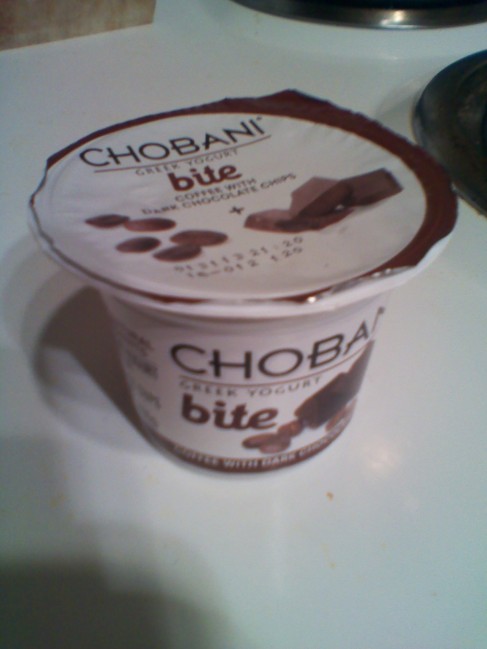The type of food you eat before you exercise can determine the success of your workout. Eating the wrong food at the wrong time can lead to low energy, lightheadedness and stomach upset, and can even undermine your fitness program. If you know a few basic rules, you can find pre-exercise snacks and meals that work best for you.
Caution: these are general guidelines. Ask your doctor about the best pre-workout foods for you, especially if you have diabetes or other chronic condition.
1. Exercise 2 to 3 hours after you eat a meal. The food that you eat hours before you exercise provides the fuel for your workout. Your body needs this time after the meal to digest carbohydrates and fats before you exercise. Larger meals and meals that have high protein or fat content will take the longest time to digest.
To keep steady blood sugar and energy levels during workouts, your meals should contain 50 to 60 percent carbohydrates. Fresh fruits and vegetables as well as whole grains, such as oatmeal, brown rice and whole grain pastas are good carbohydrate sources. Include a little protein, such as an egg, nuts or sliced turkey. Your muscles will use the protein during recovery after your workout. Watch for an upcoming post about protein and post-workout food.
2. Eat a snack 30 minutes to 1 hour before you work out. A light, high-carbohydrate snack, such as a banana, crackers or a granola bar will give you energy if you eat it 30 to 60 minutes before your workout. Eating a snack immediately before you hit the treadmill may not do any harm, but your body will not have time to break down the food for energy.
My favorite pre-workout snack is whole grain toast with natural peanut butter. It’s easy to digest, and the carbohydrate-protein combination keeps my energy levels steady.
3. Hydrate! Getting enough fluids is just as important as eating the right foods when you’re going to exercise. Drink 2 cups of water 4 hours before you work out, and 1 to 1 1/2 cup of fluids 15 minutes before you exercise, recommends the American College of Sports Medicine (ACSM). If your workouts last an hour or longer, drink a sports drink instead of water to help keep your electrolyte and energy levels steady.
It’s important to stay hydrated during your workout, too. If you exercise for less than an hour, ACSM recommends drinking 3 to 8 ounces of water every 15 to 20 minutes during your workout. For workouts longer than an hour, drink 3 to 8 ounces of sports drink every 15 to 20 minutes.
4. Find what works for you. Certain pre-workout foods will work better for you than other foods. If you give your body time to metabolize nutritious foods rich in complex carbohydrates, you will stay energized throughout your workout.
Stay tuned for posts about eating during and after your workout. Let me know how you’re doing with your fitness goals!









